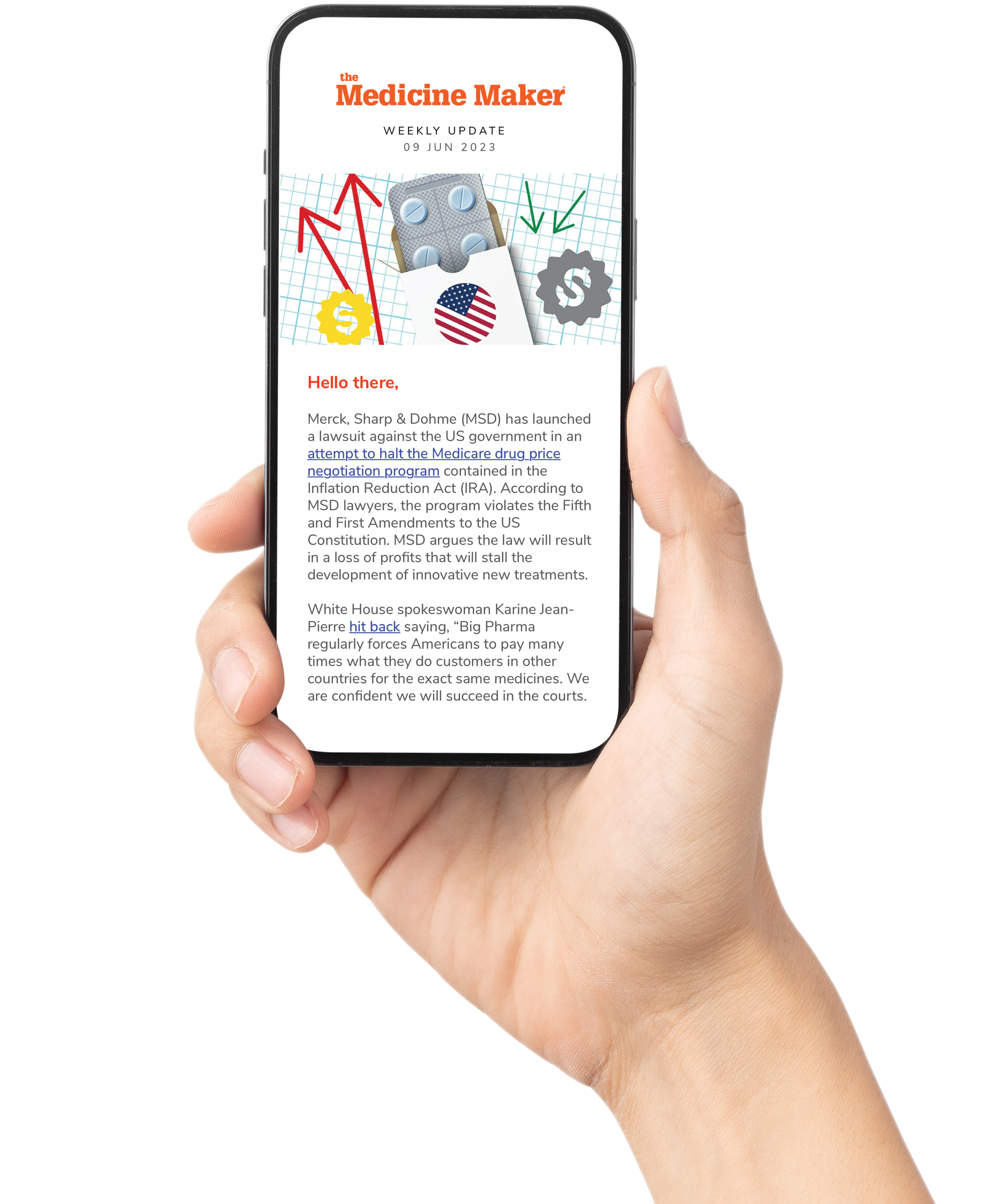Released at the start of 2025, the ICH-E6(R3) guideline is an updated international standard for how clinical trials should be designed, conducted, recorded, and reported. At its core, the guideline ensures that people who participate in clinical trials are kept safe and that the data collected is reliable and meaningful. This guideline is not a set of rigid rules, but rather it introduces clear principles that allow researchers and sponsors to make thoughtful, risk-based decisions tailored to each study’s specific needs. It encourages collaboration with participants and trial sites, integrates modern digital tools, and supports trial designs that reflect how healthcare is delivered today.
In part 1 of this interview, David Nickerson and Arlene Lee explored the details of ICH-E6(R3) and what it means for clinical trials. Here in part 2, we ask them about the free-to-use toolkit codeveloped by TransCelerate and the Association of Clinical Research Organizations (ACRO). The goal of the toolkit? To help stakeholders implement the new guideline and modernize clinical research.
Meet the Experts

David Nickerson, Head of Clinical Quality Management at EMD Serono, PhRMA Topic Lead on the ICH-E6(R3) Expert Working Group, and executive sponsor of TransCelerate’s ICH-E6(R3) initiative
“I’ve been in the pharmaceutical industry for nearly 40 years. Over that time, I’ve worked with three different companies and taken on a wide variety of roles. I started as a bench scientist doing drug metabolism and pharmacokinetic research, and eventually moved into a broader development project management role. For the past 15 to 18 years, my focus has been on clinical quality management.”

Arlene Lee, Director of Product Management at Medidata, and member of the TransCelerate x ACRO ICH-E6(R3) sub team
“With a career spanning over 25 years in the pharmaceutical industry, I've had a diverse journey that began in preclinical drug metabolism and led me through veterinary pharmaceuticals and Quality Assurance. Subsequently, I spent over 17 years dedicated to clinical data management and centralized monitoring across multiple therapeutic areas and all phases. Most recently, my focus has been on the development of data quality and risk management solutions to ensure the integrity and success of trials”.
How have TransCelerate and ACRO responded to the publication of the ICH-E6(R3) guidelines?
Arlene Lee: When the initial draft of the ICH-E6(R3) guidelines was published, both TransCelerate and ACRO quickly recognized that the industry would need practical support to move from high-level principles to real-world implementation. The two organizations have a history of collaborating, so this was a natural continuation of that existing partnership.
The new guidelines are intentionally flexible and principles-based, but this can create uncertainty – especially for organizations at different levels of readiness. Our member companies came together and identified key areas where organizations might struggle, particularly around implementing concepts like Quality by Design (QbD), risk assessment, and monitoring strategies.
Through this collaboration, the ACRO and TransCelerate teams developed a set of free, easy-to-adopt tools and frameworks. The idea was to reduce ambiguity and provide practical starting points that help teams align with the intent of the new guidelines. We also made sure these tools could be tailored to different types of trial designs and organizational models – whether you're a large pharma company or a smaller biotech.
What started as a response to an industry-wide need has grown into a way to accelerate meaningful and consistent adoption of the E6(R3) principles. In total, 15 tools were developed across key areas including risk proportionality, risk management, data governance, monitoring, trial design, and investigators.
There are six tool categories available, covering a wide range of needs tied to implementing E6(R3) effectively.
David Nickerson: I’d add that TransCelerate is unique in how it brings together representatives from such a broad swath of sponsor organizations. That’s especially important given how subjective and context-dependent E6(R3) can be. Having diverse perspectives at the table increases the likelihood that the tools developed will be relevant, practical, and truly valuable to the broader clinical research community.

Can you give some examples of the tools available in the kit?
AL: The official name of the resource is the TransCelerate ICH-E6(R3) Toolkit. The tools are structured to guide organizations through each phase of clinical trial design and execution, starting with early risk identification and continuing through to adapting monitoring strategies based on real-time data.
One area where the toolkit delivers especially strong value is in data governance, which now has its own dedicated section in E6(R3). The toolkit includes six tools for this that provide tools, frameworks, and templates that help GCP stakeholders manage challenges related to compliance, data quality, and decision-making.
A few examples of the tools include:
Data Flow Template: This tool helps companies map out data flows between all the different data collection systems, including sponsors, CROs, and third-party vendors. By proactively reviewing data flows and systems, teams can better identify risks early and even optimize system integration. It’s a powerful way to increase clarity and coordination across the study.
Safeguarding Blinding Considerations Tool: Maintaining the blind during a trial is essential to data integrity. The tool covers what blinded data is, why it matters, who can be unblinded, and what steps should be taken if unblinding occurs.
Technology Framework Tool: This one is especially close to my heart, given my vendor background. This tool supports the section on computerized systems within the new data governance guidance. It outlines key requirements, such as training, system security, validation, and more. It also proposes definitions and roles and responsibilities, offering a comprehensive reference to help organizations align with E6(R3).
Together, these tools help shift data governance from being a reactive, check-the-box activity to a strategic enabler of trial success.
DN: The data governance section Arlene just described is an entirely new chapter in the guidelines. This kind of content wasn’t part of GCP in the past – and its inclusion reflects just how much the clinical research landscape has changed over the last 30 years.
It’s also worth noting that this new guidance doesn’t just apply to sponsors or their service providers – it explicitly includes responsibilities for investigators too. They’re now expected to take a more active role in ensuring data quality and integrity at their sites, including verifying that the computerized systems they are using are fit for purpose in the context of the trial.
So, this isn’t just an incremental change. It’s a major shift in how we think about data responsibilities across the entire research ecosystem.
How else can clinical trials be improved?
AL: From the ACRO perspective, the use of artificial intelligence (AI) and machine learning (ML) in clinical trials is one area ripe for improvement.
AI has become a recurring theme at nearly every clinical research conference. And while there’s massive potential across the clinical trial lifecycle, we’re still early in understanding how to use these technologies responsibly and reproducibly – and in alignment with evolving regulatory expectations.
ACRO’s AI/ML Committee is keeping a close eye on regulatory developments, particularly from the FDA, which recently announced plans to integrate AI in a much more prominent way. Earlier, the committee conducted a survey across ACRO member companies and found that 100% of members are already using AI in some capacity. Some areas include data management, project startup, site selection, medical writing, audits and inspections, and of course, participant recruitment and retention. The committee is also monitoring developments like the EU AI Act and other global regulatory efforts.
For those interested in diving deeper into these topics, ACRO also produces a podcast called Good Clinical Podcast, where many of these trends and initiatives are explored in greater depth.
DN: Another area with opportunities is bridging the gap between clinical care and clinical research. This idea is reflected to some extent in the upcoming Annex 2 of ICH-E6(R3). It will provide guidance on decentralized trials and pragmatic designs, which are areas where clinical care and research often intersect.
TransCelerate has made this a strategic focus. One of its core missions is to create a more connected, integrated ecosystem where clinical care and research actively enhance each other. This includes initiatives focused on participant centricity, process standardization, use of real-world data, and fostering collaboration among the diverse stakeholders involved in clinical trials.
All of these efforts come together to support a more effective, inclusive, and future-ready clinical research environment – one that doesn’t just improve trials but also aligns more closely with how participants experience care in the real world.




